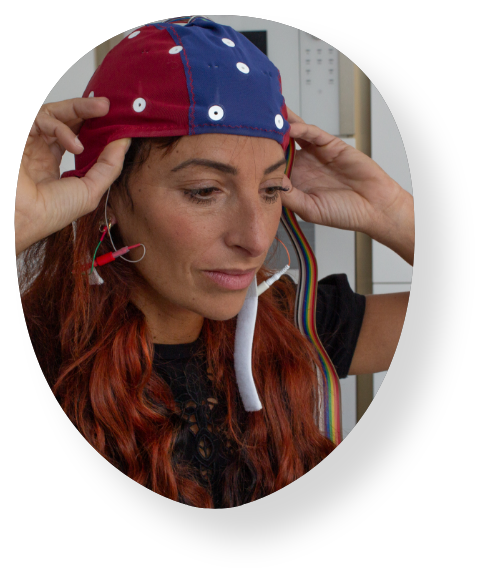In cases of learning difficulty, dyslexic, or autistic symptoms, we often suggest an iLs (Integrated Listening System) programme before, or instead of, neurofeedback.
The iLs is an at-home listening system; a modern application of the Tomatis Method from the 1950s. The iLs uses filtered sound and vibration to exercise the brain’s ability to take in information, training the senses to work together more efficiently.
For those suffering from sensory integration or filtration difficulties, the Integrated Listening System helps the senses run more smoothly and with less effort.
Sensory dificuties
Sensory integration dysfunctions range from almost unnoticeable to debilitating. It may result in diagnoses of dyslexia, dyspraxia, ADD/ADHD, autistic spectrum disorders, speech & language difficulties, sound hypersensitivity and clumsiness.
It is seen in cases of developmental delay, and sometimes has associated symptoms such as thumb-sucking, bed-wetting, hyperactivity, or awkward movement and posture.
Sensory Integration
Our sensory input plays an important role in our sense of both who and where we are in our environment. Ears, eyes, touch, and muscle tone all work in perfect harmony to coordinate everything we do.
A key part of this is the vestibular system (inner ear), responsible for balance, posture, and eye movement. The vestibular system tells your body how much muscle tension is needed to perform a particular function.
It governs the eye-tracking ability required for learning, auditory processing and language skills, our ability to move in a smooth and coordinated way, and even the tone and strength of our muscle development.
Sensory Filtration
Sensory filtration governs your ability to focus on only the most important things, and ignore the rest. The brain filters out the extraneous noise, allowing you to focus in on a conversation in a noisy room and still hear your name over the crowd.
iLS
Through specific programmes, the iLs trains the brain at the foundational level. It takes your perceptual skills ‘back to basics’, retraining stages of brain development that may have been interrupted or incomplete in childhood.
The iLs exercise many senses simultaneously, leading to better integration of multi-sensory information. As the developmental stages are worked through and the senses re-balance, perceptual skills improve and dysfunction fades.
Improving basic brain function on this deep level has widespread effects. Improved sensory alignment means improvements in coordination, concentration, speech articulation, language and social skills. Comprehension and functional performance increase as the brain learns to use its resources more efficiently.
For those suffering from sensory difficulties, the iLs can make the world a far more comfortable place to be.







